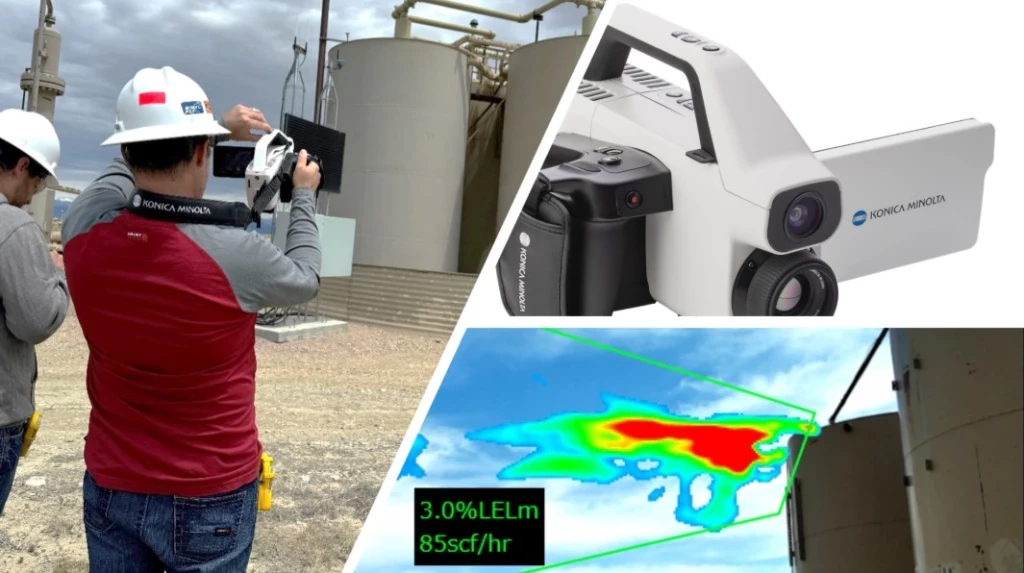How EU’s Methane Regulation Will Shape the Future of Gas Imports
Understanding the timelines, requirements, opportunities, and challenges of the EU methane rules.
Add bookmark
The EU imports around 90% of its natural gas with most of it coming from the U.S. The region is now looking to leverage its purchasing power by compelling its gas suppliers to monitor, release, and curb their methane emissions, and undertake leak detection and repair activities. In fact, according to the latest regulations, the EU requires its suppliers to adhere to the same methane measurement, reporting, and verification (MRV) standards as indigenous producers by January 2027. By 2030, the EU is expected to lay out a ‘maximum methane intensity value’ for natural gas, which will attract penalties for suppliers and long-term suspension in case they fail to meet the desired standard. The new regulations, which came into force in July 2024, also include standards for imported oil, gas, and coal from 2027.

Figure: LNG exports from the U.S. in billion cubic meters
The suppliers that come under these standards will need to act to comply with the new requirements. Among the first imperatives will be the establishment of internal methane reporting processes and the adoption of international frameworks such as the OGMP 2.0. Other compliance measures may include the setting up of internal cross-functional methane governance structures, procedures to acquire, store, and analyze data for methane reporting, and developing employee competencies. Additionally, new and revised import contracts will have to be signed between the parties based on the data collected from the suppliers. If U.S. exporters cannot provide upstream monitoring, reporting, and verification (MRV) information to the EU importers and have this MRV information independently verified through certification frameworks like MiQ and Equitable Origin, they will not be able to sell throughout the EU. This is significant as the region weans itself off Russian oil and gas and opens to global imports.

Table: EU methane legislation: Timeline of key requirements
While there is definite overlap between EU and US regulation, it is worth noting that EU methane regulation is extraterritorial by nature, meaning they impose requirements on importers that extend beyond the EU, reaching back up the supply chain to US production. This creates overlap with the regulations that operators must comply with here in the United States at the state level and with various federal agencies, such as the EPA and the Department of Transportation.
According to Dr. Aaron Padilla, the API’s view is that “the significant and stringent policymaking in the United States should ideally be recognized by the EU as equivalent, even if there are slight differences in the prescriptive and technical details”.
This is because U.S. Regulations is strong, and backed by numerous check and balances ensure that agencies are obtaining accurate data and effectively overseeing and enforcing compliance, which should be sufficient for the EU to recognize the U.S. regulatory regime as equivalent.
Additionally, in an interview conducted by the Industrial Decarbonization Network in February 2024, Henry Winckle, International Relations Officer at DG ENER, European Commission shared that by January 1, 2027, all importers into the European Union will be required to demonstrate compliance with equivalent measurement, reporting, and verification standards as those within the EU. Non-compliant importers will face penalties, with provisions for older contracts, but a requirement for compliance upon renewal or signing of new contracts.
Moving forward, the European Commission will review the legislation to assess its effectiveness and potentially implement additional requirements, such as companies reporting their own methane intensity profiles. By late 2030, they hope to implement a methane performance standard for all oil, gas, and coal importers within the EU, with specifics outlined in subsequent delegated acts.
Learn more about methane mitigation and regulatory frameworks at our upcoming events:
Methane Mitigation America Summit
December 3-5, 2024 | Houston, TX
Methane Mitigation Europe Summit
February 25-27, 2025 | Amsterdam, NL




















